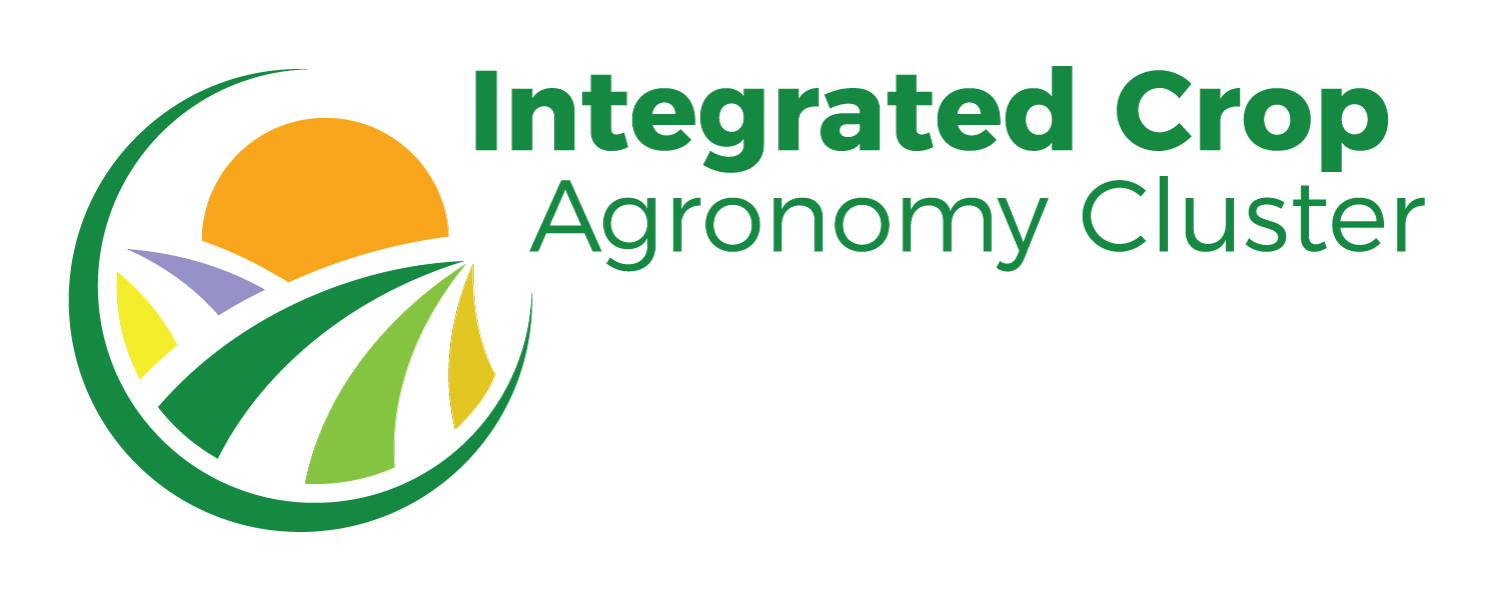
Resilient Rotations |
Resilient Rotation - Producer & Agronomist Survey
Changes and challenges facing Canadian agriculture including soil degradation and climate change are putting additional pressure on traditional crop rotations across the Prairies. A comprehensive research program called Resilient Rotations is developing a new approach to crop rotation, based on extensive research.
Resilient Rotations, a project of the Integrated Crop Agronomy Cluster (ICAC), is evaluating various crop rotations to help create more productive, sustainable and resilient cropping systems on the Canadian Prairies.
This survey is to better understand:
1. current crop rotations being used on the Canadian Prairies,
2. the desire to adopt different crop rotations,
3. what would promote the adoption of new crop rotations (i.e., better: yields, precipitation use efficiency, nitrogen use efficiency or economics)
4. challenges facing your crop rotations
Resilient Rotations is supported by funding from WGRF, Alberta Wheat, Sask Wheat, Alberta Pulse Growers, SaskCanola, Manitoba Crop Alliance, and Agriculture and Agri-Food Canada through the Canadian Agricultural Partnership – a provincial-federal-territorial initiative.